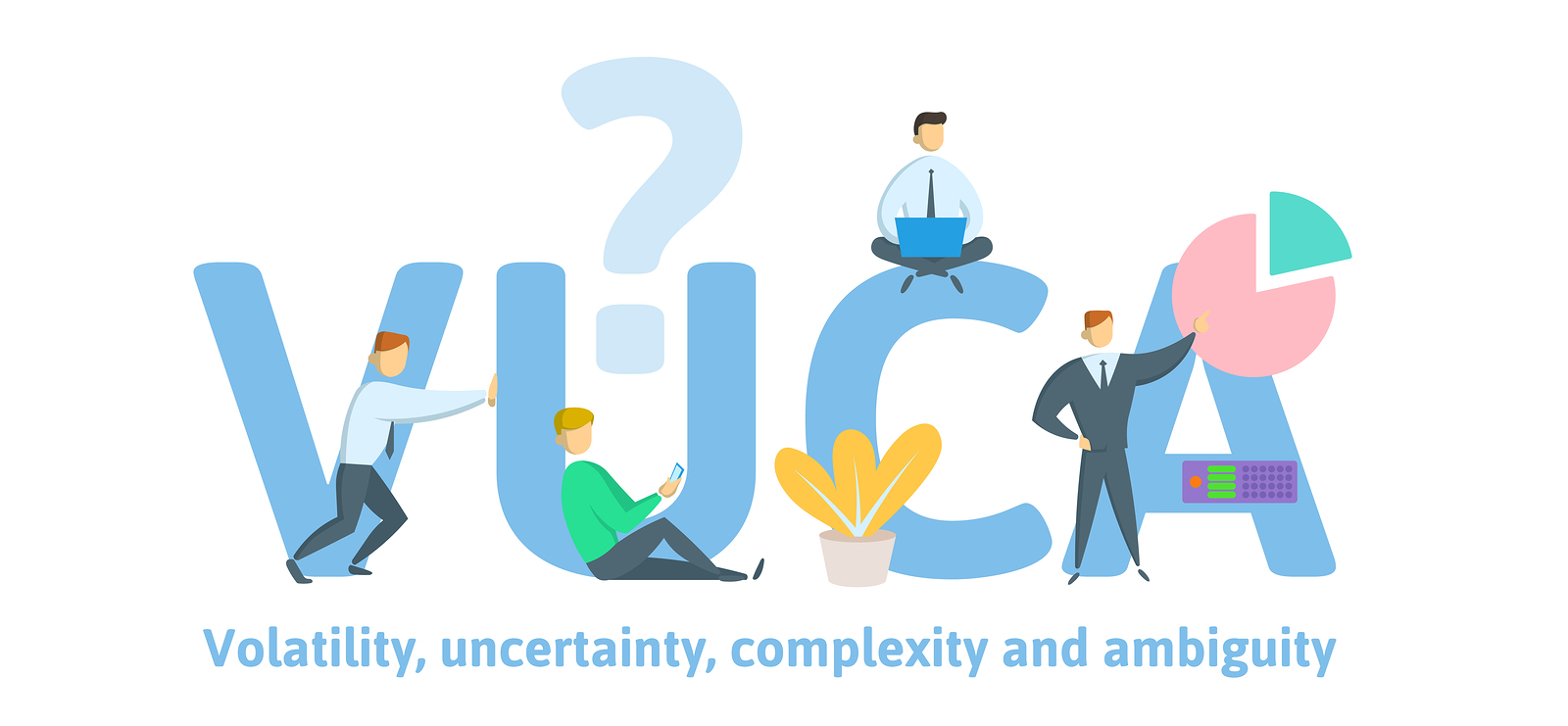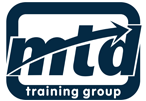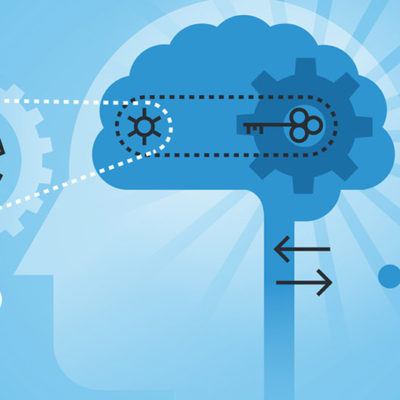The acronym VUCA came into existence in the late 1980’s to reflect the Volatility, Uncertainty, Complexity and Ambiguity of the world and the situations we were facing at the time.
Conceived by the US Army, businesses soon caught the acronym and started using it in concepts like strategic leadership, risk assessments, organisational culture and many other aspects that shared links to the idea that we are in a world that is rapidly changing beyond recognition.
The particular meaning and relevance of VUCA in business today often relates to how people view the conditions under which they make decisions, plan forward, manage risks, foster change and solve problems. So it would be good to ascertain what we can do when we are working in a VUCA environment.
Volatility
This is characterised by unexpected or unstable issues pertaining to the systems we work in or on, and are often not under our control.
Examples would include Brexit, economic uncertainty, political changes, pricing pressures, employment laws and similar things that affect our working environments but are outside our influence.
 How can we deal with Volatility?
How can we deal with Volatility?
Businesses and organisations need to build in an element of slack when preparing for changes that may or may not occur.
The current issues pertaining to Brexit mean many companies don’t know if they should invest or take further risks, and this volatile environment can cause concerns outside areas we have full control over.
Areas that organisations need to consider is their stock levels and their talent management systems. In L&D, we need to concentrate on what skillsets we will require to take our business into the next decade with confidence and ability to manage change.
Uncertainty
Normally, we are in situations where the causes of events are known to us, but the outcome is less certain.
Examples of this could be new competitor products that will make a dent in our market share or could affect sales opportunities for us. Uncertainty can cause differences in strategic intent at senior management levels, so they have to be dealt with in a compassionate but assertive way.
 How can we deal with Uncertainty?
How can we deal with Uncertainty?
Be absolutely clear how your knowledge management system can assist you. You cannot have too much information and it needs to be clear, shared and collated effectively to achieve confidence in making future decisions. Networks that share information can be lifesavers in situations where the markets or business environments are unpredictable, unreliable and risky.
Complexity
The variations and disparities that exist in business causes risk-taking. It characterises something with many parts that need to interact with each other.
In a complex environment, it’s difficult to make sense of the intricacies that exists between different parts of the business, and this is why a silo-mentality can often be born and develop.
Harvard Business review outlined three properties that determine the complexity of an environment.
The first, multiplicity, refers to the number of potentially interacting elements.
The second, interdependence, relates to how connected those elements are.
The third, diversity, has to do with the degree of their character or content.
The greater the multiplicity, interdependence, and diversity, the greater the complexity.
Examples would include if you are dealing with multiple markets and the various pricing structures and complex cultures that are encountered. The interdependence and diversity of such markets can become overly complex and drag down company values.
 How can we deal with Complexity?
How can we deal with Complexity?
Look at the real-time options you have available, and ask if the way your L&D department is running its ideas is conducive to the new events that are happening both now and in the near future.
A synonym of complexity is simplify, but this doesn’t mean you have to simplify your working regimes. It may mean you have to focus and concentrate on things that really work for you, and identify those that are holding you back in developing key momentum.
Ensure that you develop thought-diversity, encouraging teams to develop ideas that will get you through the complex situations and create clear-cut strategies for future development of concepts.
Ambiguity
We often work in situations where several solutions or permutations are possible. Business rules or processes may well be muddied or unworkable in the real world. No precedent may exist, and so we are stuck with redundant ideas, without knowledge of which way to turn.
This lack of clarity can cause concern to confidence, risk-mitigation and future investment.
With an ambiguous culture, managers can quickly be consumed with debt and fear, forcing them to make up decisions on the spot and creating a fear-based, autocratic environment, where team members are unwilling to accept responsibility for change or development of opportunities.
 How can we deal with Ambiguity?
How can we deal with Ambiguity?
In an ambitious environment, we need to inculcate some form of certainty and processes that drive results, even if they are short term.
People need to feel some degree of certainty and be allowed to maybe experiment in areas that will help them achieve goals. An ambiguous situation deals with people’s need for variety, but not their need for certainty.
Try to introduce projects that, with creative thinking, can built success points, so people feel safe and secure while still going through the ambitious nature of events.
If people understand the cause and effects process, it will give them confidence to take on more responsibility and allow them to see the results of the chances they are taking.

If we consider this VUCA world to be transient then we will not have the right mindset to make the changes necessary and will find ourselves in temporary limbo at all times.
We need to see this VUCA world for exactly what it is, and then will be able to take the necessary steps to encourage not only our own learning and development department but also our senior and middle management teams to take full responsibility for the efforts that will be required.

Sean McPheat | 
CEO The MTD Training Group














